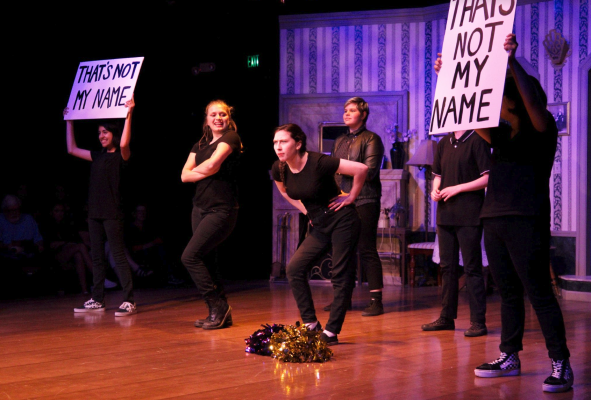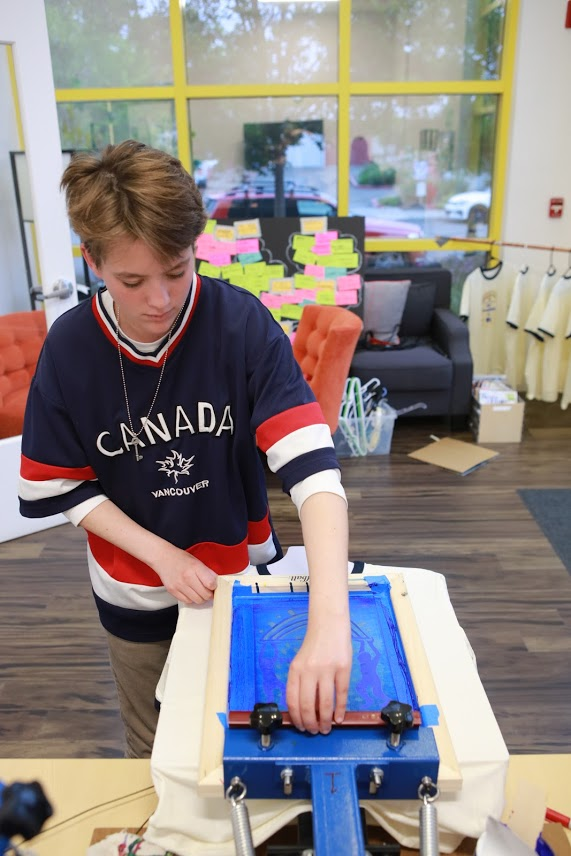Teen Monologues, a project of the Teen Wellness Programs of the Community Action Partnership of San Luis Obispo (CAPSLO), is a dynamic and interactive show written by its teen performers. Now in its 17th year, the show provides EDUtainment about sexual health, mental health, body image, gender identity, and more. The play is comprised of songs, poems, monologues, and scenes based on teens’ life experiences and topics they want to address in their communities.
This year, CAPSLO worked with CCI to learn human-centered design (HCD) concepts. CAPSLO staff were inspired to apply the tools they learned in CCI’s Catalyst program while working with teens to co-create the script and performances. Human-centered design principles provided concrete methods to engage and capture the ideas of participants through focus groups, writing sessions, and drawing experiences. Together, staff and youth participants brainstormed many ideas, tested them quickly, then edited, rewrote, and refined—techniques inspired by the “test and shape” mindset of HCD.
Here is a look at how our production unfolded — from start to finish.
Step One (Scene One)
First, project staff facilitated a series of small group round-table discussions featuring art exercises, improv theater games, free writing, and poetry prompts. These activities invited youth to share issues and topics they observed in their communities and schools, and centered on sharing experiences and building empathy. Project staff met youth where they were at— literally and figuratively— by meeting at school sites and parks and by creating a safe and non-judgmental space.
“I like how inclusive it was…not just of people but of ideas”- Youth Participant
Step Two (Scene Two)
In a series of three, half-day workshops, a team of young people and adult staff crafted the script. The process started by affinity clustering topics that youth wanted to write about and include in the show.
Step Three (Scene Three)
Write, write, write. Youth wrote songs, scenes, poems, and monologues. The writing process was full of iterations. For example, when writing the first draft of scenes, teams were asked to pick a topic (from the brainstormed list) and a modality, and were given a finite amount of time to create a skit. Skits were then performed for the group, and teams received feedback and had opportunities to make changes. The approach was intended to make ideas tangible and concrete for participants. (One skit, for example, featured a healthy breakup narrated by sportscasters and catcalling in the style of a nature documentary.)







